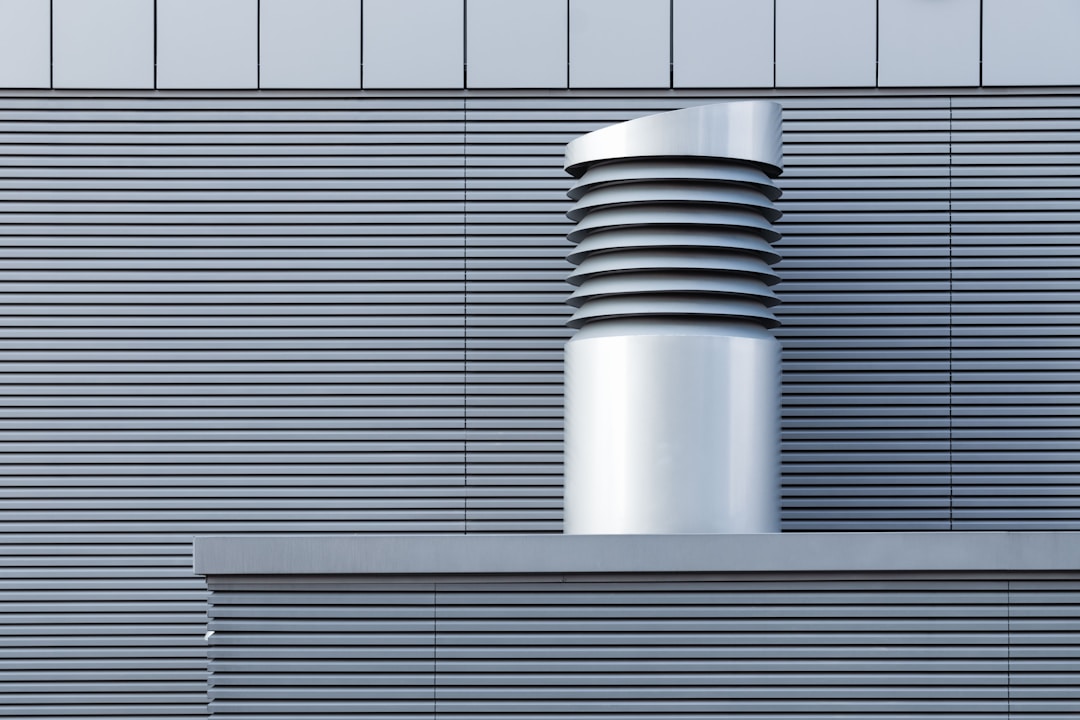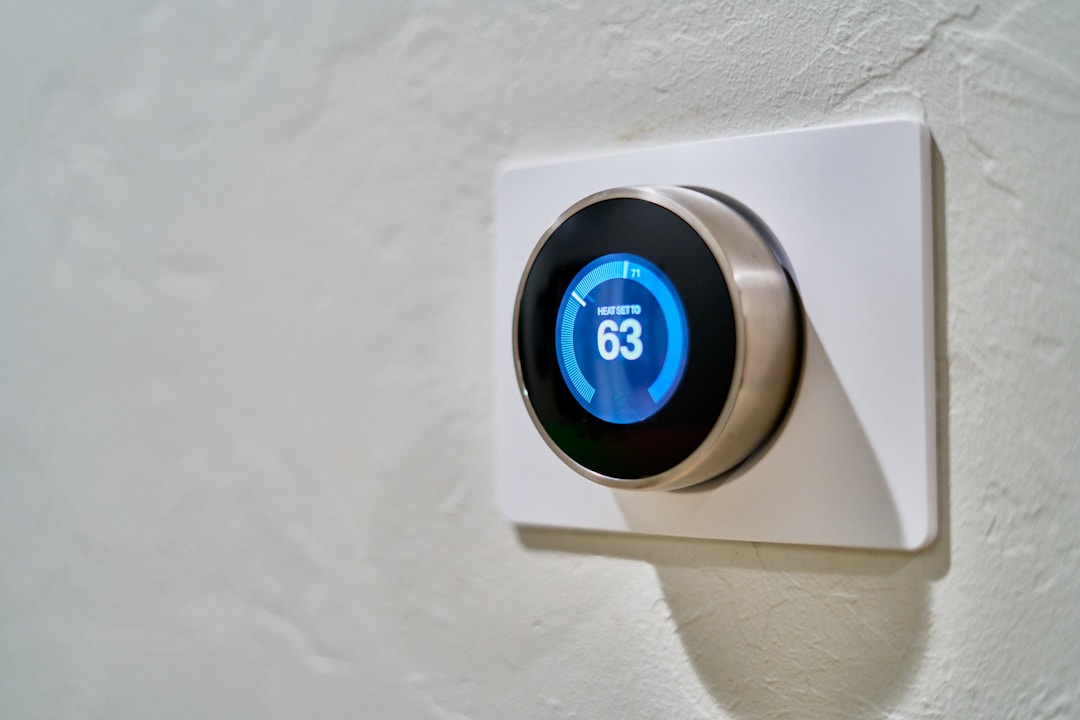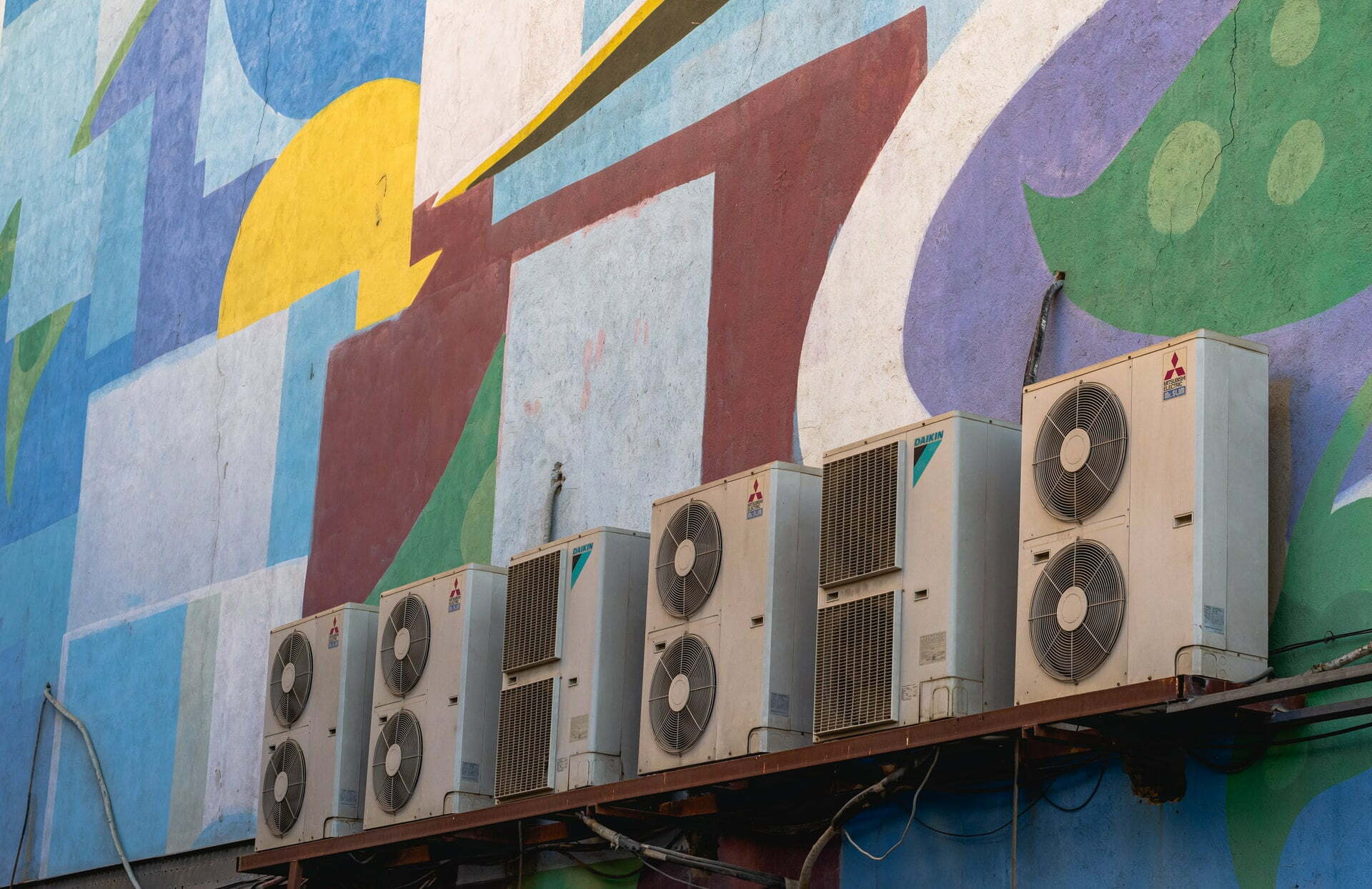Whether you’re moving into your first house, or are an experienced homeowner with years at your current residence, modernizing your household’s air systems has many safety and financial benefits. The type of system that you have installed can directly affect your home’s indoor air quality, as well as your energy consumption. Even without factoring in the needed HVAC maintenance of both an air conditioner and heating system, your ductwork and ventilation require their own costly cleaning and handling. For those reasons, many homeowners have opted for new ductless unit technology, such as a mini-split heat pump, or a similar ductless air conditioner.
Aside from the major benefit of not requiring traditional ductwork in work to heat or cool the entire house, a heat pump combines the air system capabilities of both an air conditioner and furnace in a single unit. Most attractive to many homeowners are the zone system options that heat pumps also offer, which provide comfort to the entire home on a room-by-room basis. Here, we will look at the many benefits of installing ductless HVAC zoning in your house, as well as how such an investment can increase both your family’s health and your overall property value.
How a Ductless System Works

Some homeowners shy away from upgrading their home’s air systems to a ductless mini-split alternative largely due to
the fears of an expensive installation. However, a mini-split system is not only cost-efficient and convenient, but the single-unit design can save a lot of money on monthly energy bills. In effect, some basic knowledge regarding how a ductless heat pump functions are the major selling point. A mini-split system replaces traditional HVAC systems but working off of two main components: an outdoor unit called a compressor and an indoor unit is known as the air handler. The compressor literary takes the fresh air from outside the house, then funnels the airflow into the indoor air handler, either cooling it or warming it to suit the homeowner’s preferences. In this way, the mini-split system acts as either an air conditioner during the hot summer months or as a heater throughout the winter.
What is particularly unique to modern heat pump design, aside from its state-of-the-art versatility, is that traditional ductwork is unneeded for distributing the conditioned airflow. Instead, ductless HVAC systems work with a zoning system in order to distribute the air to specific rooms. With this in effect, a heat pump can actually provide ductless air of different temperatures to different rooms throughout the living space in real time. Depending upon the respective set temperatures, a homeowner can save money on both their energy bills, as well as on frequent cleaning and maintenance on ductwork and traditional forms of ventilation.
The Benefits of an HVAC Zoning System

Aside from the above-listed benefits of installing ductless HVAC systems into your home, there are other reasons why the technology can boost your home’s value. When the abilities of the indoor air handler and outdoor compressor are used in tandem with the unit’s zoning system, your household is immediately more energy efficient. Not only does this help leave a smaller carbon footprint, but the lower energy consumption of your home amounts to ongoing savings. As more and more modern homeowners are looking to “go green” and keep their households running on safer, cleaner energy, you may attract future homebuyers if you ever decide to sell.
Upgrading your home’s various operating systems towards higher energy efficiency is a worthwhile investment that can include other pieces of equipment, as well. Whether you opt to upgrade to a ductless heat pump or decide to keep your traditional HVAC system, adding a programmable thermostat is a good choice as the ultimate complementary unit. These innovations allow the homeowner to control their home’s ideal temperature remotely using a mobile device, as well as pre-install their family’s temperature preferences. By intuitively keeping the home within a set temperature range, this “smart thermostat” cuts down on energy loss.





